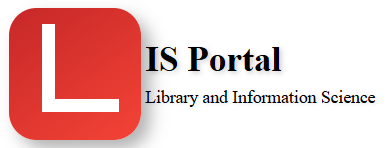Data encryption refers to the process of converting plain text into a coded format to protect the confidentiality and integrity of the data. In the context of library science, data encryption is used to secure digital collections, online databases, and communication channels.
For example, a library may use data encryption to protect sensitive information stored in its digital collections, such as personal information of patrons or confidential research data. The library might use a symmetric encryption algorithm, where the same key is used for both encryption and decryption, or an asymmetric encryption algorithm, where a public key is used for encryption and a private key is used for decryption.
In addition, the library may also use encryption to secure the communication channels used for accessing and transmitting digital collections, such as online databases and remote access systems. For example, secure socket layer (SSL) or transport layer security (TLS) protocols can be used to encrypt the communication between a library’s website and its users, to protect against unauthorized access to sensitive information.
There are several software programs available for data encryption, ranging from free and open-source options to commercial software. Some popular data encryption software programs include:
VeraCrypt: a free, open-source encryption program for Windows, MacOS, and Linux that can be used to encrypt individual files, entire partitions or drives, and even create encrypted containers.
BitLocker: a built-in encryption tool for Windows that can be used to encrypt the entire hard drive or selected partitions.
TrueCrypt: a free, open-source encryption program that can be used to encrypt individual files, entire partitions or drives, and create encrypted containers. It has been discontinued, but its source code is still available.
AxCrypt: a free, open-source encryption program for Windows that can be used to encrypt individual files with a password.
GnuPG: a free, open-source encryption program for Windows, MacOS, and Linux that can be used to encrypt email, files, and disk partitions.
7-Zip: a free, open-source file archiver and encryption program for Windows that supports several encryption algorithms.
Apple FileVault: a built-in encryption tool for MacOS that can be used to encrypt the entire hard drive.
These are just a few examples of data encryption software programs. The choice of software will depend on the specific needs and requirements of the library, such as the type of data being encrypted and the platforms it is being used on.
